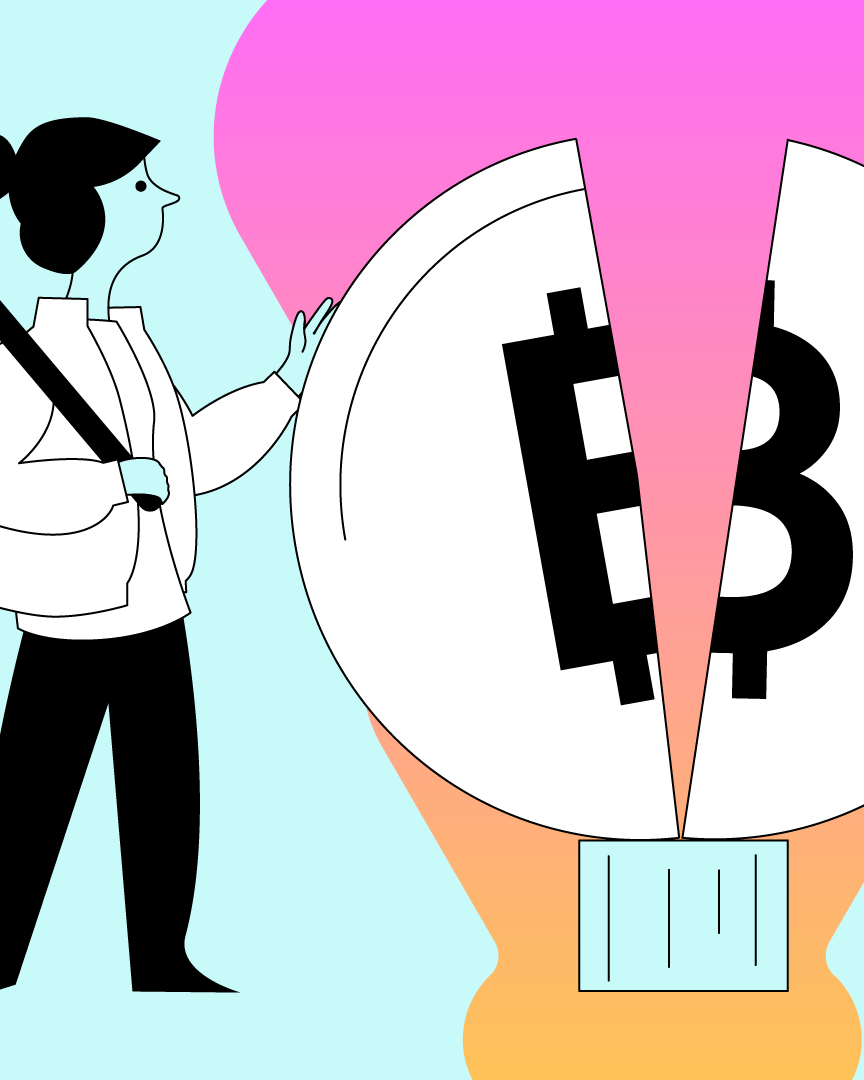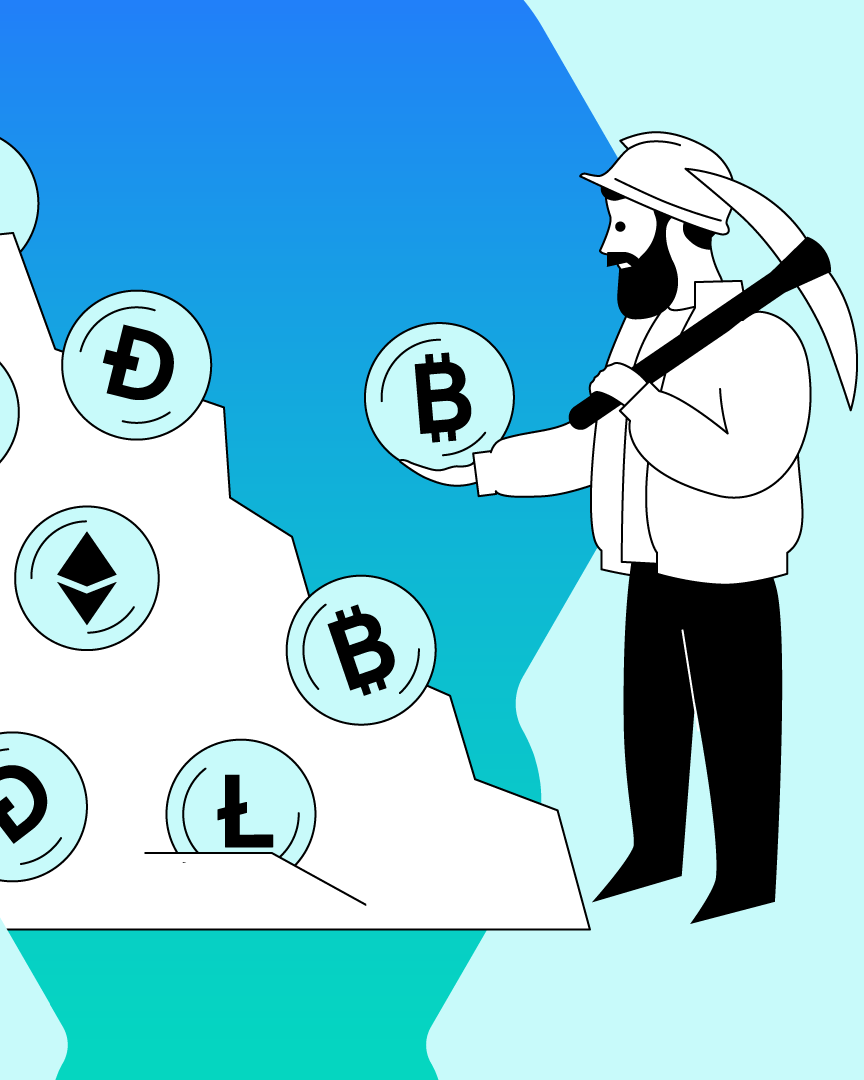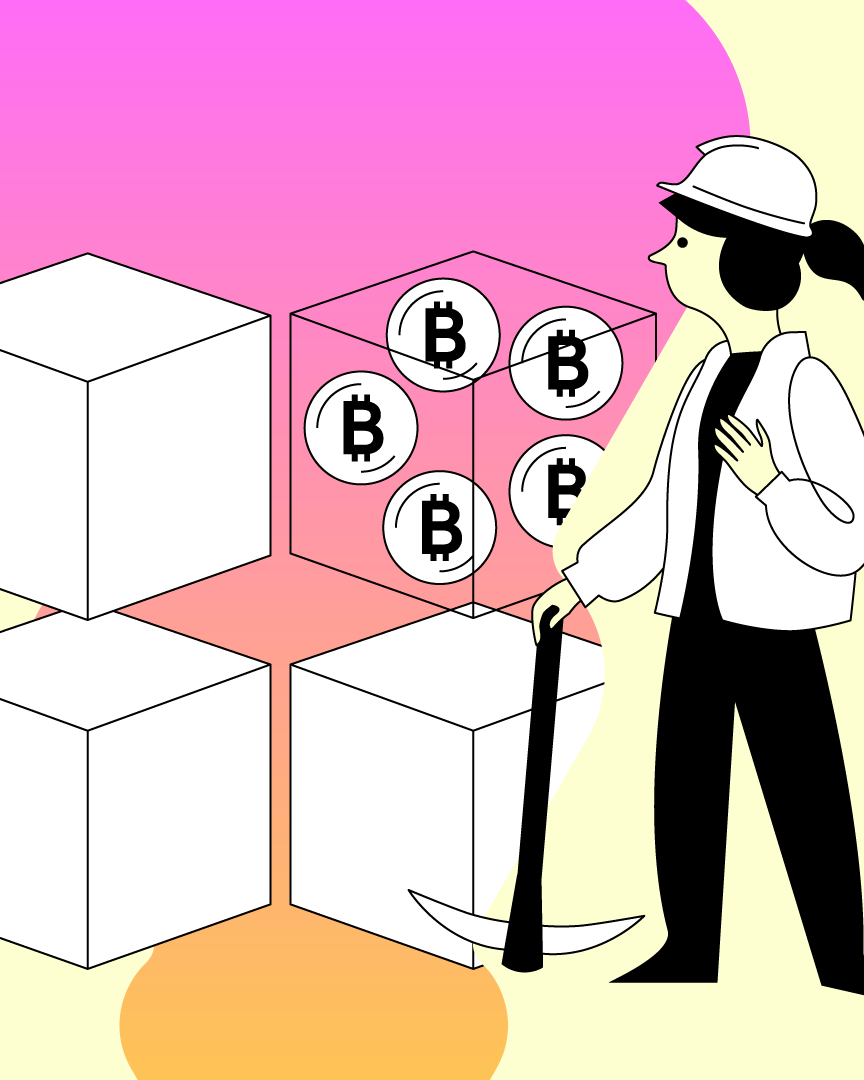2.12 How to earn cryptocurrencies without trading?
This lesson covers six ways in which you can earn passive income and the risks involved.

The crypto sphere offers traders and investors several ways of engaging to make income. In our last lesson, we studied the specifics of arbitrage trading. This is an active way to engage with digital assets in order to make profits. Crypto also provides different ways of generating income through passive involvement.
This lesson covers six ways in which you can earn passive income and the risks involved.
Content
- What is passive income?
- Ways to earn passive income in crypto
- What do you need to consider?
What is passive crypto income?
Passive income in crypto refers to the money made by an investor without actively participating in a market.
The goal of such a practice is to ensure a steady income without involvement in crypto trading. As a result, investors can increase their gains and meet their financial objectives without detailed market research and full-time commitment.
Ways to earn passive income in crypto
Let’s take a look at six ways through which you can gain passive income by engaging with digital assets.
1) Mining
As discussed in one of our lessons, crypto mining is the process of validating transactions, where miners are rewarded with new coins for providing computing power. It is one of the oldest methods of engaging in the crypto sphere to earn passive income. While you do not require crypto, initial investments for setting up the mining equipment are needed. to understand mining in detail you can refer to our lessons on mining in the Beginner’s guide.
2) Staking
Staking stems from blockchain networks running Proof-of-Stake (PoS) consensus mechanism. PoS blockchains involve the validation of transactions by a network of ‘validators’ or users who stake cryptocurrencies. The process involves locking digital assets into a smart contract to secure the network.
To stake, you can add funds to the staking pool or simply hold coins in the wallet as required by the platform. The blockchain network rewards participants taking into consideration the number of coins staked as well as the time period for which they are staked. Typically, the rewards are distributed in the form of the native cryptocurrency.
3) Lending and borrowing
DeFi crypto lending and borrowing is one of the ways for passive income in crypto. Instead of leaving your tokens idle locked in a smart contract, you allow your digital currency to grow.
The mechanism facilitates lenders to receive interest rates by lending their digital assets to a smart contract. On the other hand, borrowers gain an extra stash of coins by putting another crypto as collateral. For example, Bob has 1 BTC which he does not want to sell. Instead of holding it in a wallet, he decides to use 1 BTC as collateral to apply for a crypto loan. For 1 BTC, he receives a little less amount of stablecoins as crypto loans are overcollateralized. Once he has repaid his stablecoin loan plus interest he receives his 1 BTC back.
While it has become a popular method of passive income, it is also slightly risky considering factors such as volatility and smart contract hacks.
4) Setting up a masternode
A masternode plays the role of validating transactions and performs certain functions on the blockchain on a greater scale. Token project users with high incentives in validating transactions on the network are given special privileges. To set up a masternode, you require a sizable investment and significant technical expertise.
5) Running a Lightning Node
Lightning Network is a second-layer protocol running on top of a network like Bitcoin. The off-chain micropayment network can perform transactions at faster speeds. The network is, however, one-directional in the sense that a payment made via one channel cannot be sent back using the same channel. You can support the network by operating payments channels. In return, you can earn whenever someone transacts using your channel. Since the rewards generally depend on the adoption of Lightning Node, running one may be a challenge for non-technical holders.
6) Affiliate programs
Some networks reward users for referring more users onto their network. You can opt for affiliate programs depending on your social media following and earn a passive income. Such programs include referrals, affiliate links, and discounts to new users you referred to the platform.
What do you need to consider?
While these methods offer a steady passive crypto income, they come with their own risks. For instance, setting up a masternode or running Lightning Node may involve technical expertise.
While methods like lending and staking are viable for most long-term holders, they are likely to render your asset illiquid depending on the lock-up period. Additionally, your tokens are at risk of bugs in staking wallets.
Methods of making passive crypto income gaining momentum. However, it is very important to do your own research (DYOR) before committing to one. In our next lesson, we will be looking at paper trading - a practice method for active income in cryptocurrency.
FR
This material does not constitute investment advice, nor is it an offer or solicitation to purchase any cryptocurrency assets.
This material is for general informational and educational purposes only and, to that extent, makes no warranty as to, nor should it be construed as such, regarding the reliability, accuracy, completeness or correctness of the materials or opinions contained herein.
Certain statements in this educational material may relate to future expectations that are based on our current views and assumptions and involve uncertainties that could cause actual results, performance or events to differ from those statements.
BB Trade Estonia OU and its representatives and those working directly or indirectly with BB Trade Estonia OU do not accept any liability arising from this article.
Please note that investing in cryptocurrency assets carries risks in addition to the opportunities described above.










